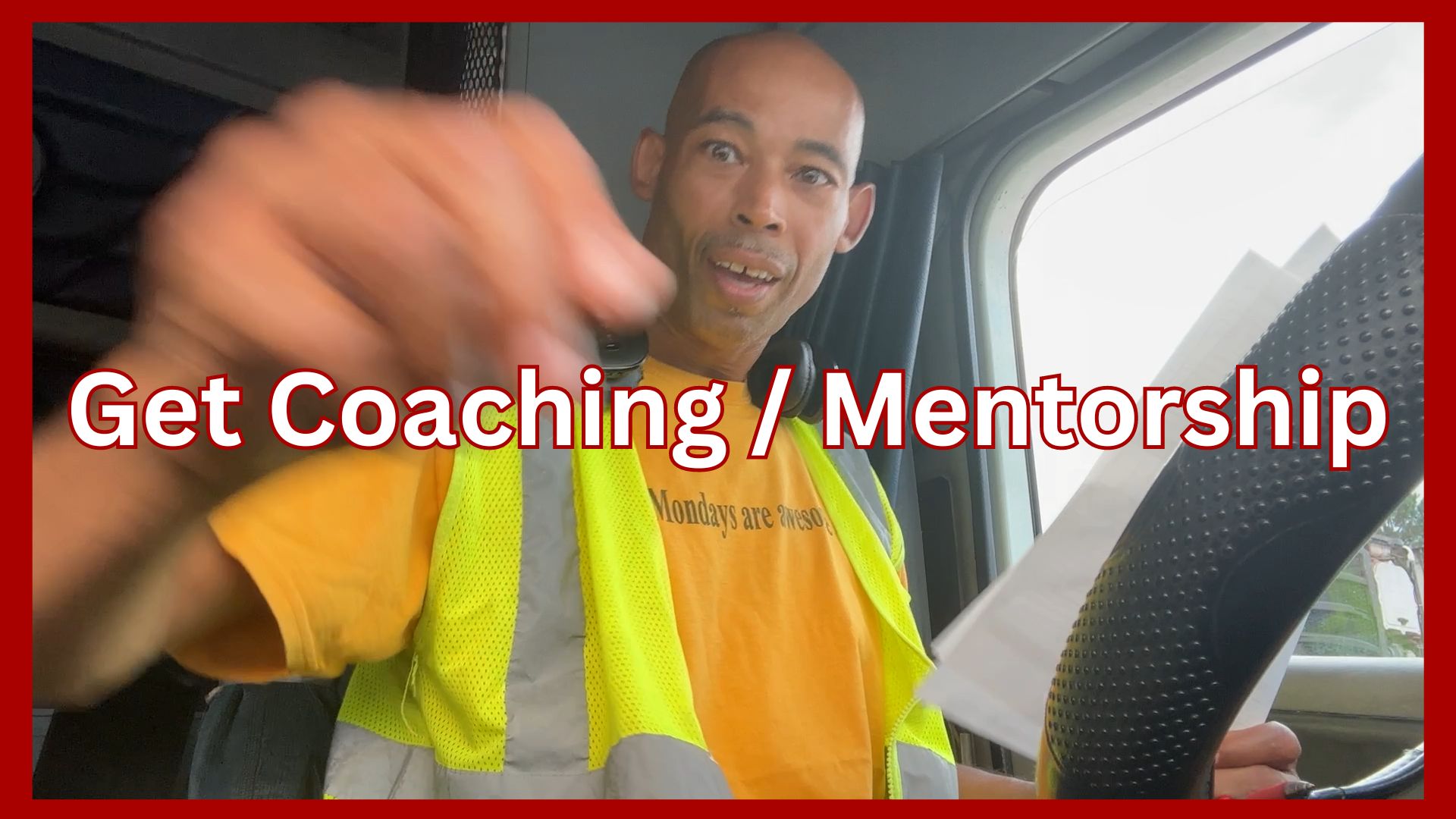Kodiak Robotics Goes Public in $2.5B SPAC Deal – What It Really Means for Truckers
by TRUCKERS VA
(UNITED STATES)

Two Lanes. One Future. Choose Yours.
Introduction
They’re merging with Ares Acquisition Corp. II, creating a new public company called Kodiak AI, and promising to “enhance long-haul freight” using self-driving technology.
The mainstream headlines are buzzing with talk of innovation, AI, and Wall Street hype. But for everyday drivers — the ones actually moving the freight — the question is simple:
What does this mean for me and my job?
We’re here to break it down in plain English, from the diesel up.
What’s a SPAC, and Why Should Drivers Care?
A SPAC is basically a fast-track way for companies to go public without doing a traditional IPO. It’s like hitching a ride to Wall Street instead of walking there.
By merging with Ares Acquisition Corp. II, Kodiak now has access to big capital — money that’ll help them roll out more autonomous trucks, build more tech, and push into more freight lanes faster than ever before.
The key point: They’re not just testing self-driving trucks anymore. They’re building a full-on AI freight company, and they’ve got the money to make it happen.
What Kodiak AI Wants to Do
Kodiak’s goal is to automate long-haul highway freight — the middle-mile routes that cover hundreds of miles across state lines.
They’re not trying to take over your job in the city or back into tight docks in New Jersey (yet). Instead, they want to:
Deploy self-driving rigs on long highway routes
Use terminals for freight handoffs (AI on the highway, human drivers in cities)
Offer 24/7 freight movement without HOS limits
Cut costs for mega carriers who want freight moved faster and cheaper
They’ve already been running pilot routes in Texas, Florida, Arizona, and California — and they’re building momentum.
What This Means for Drivers
Now let’s get real. AI is coming — but not every driving job is at risk. Here’s how it breaks down:
Jobs That Are Safe (For Now):
✅ Local delivery
✅ Construction & heavy haul
✅ Hazmat requiring human response
✅ Ports, tankers, and unique route work
Jobs That Could Be Replaced First:
🚨 Linehaul/long-haul solo routes
🚨 Drop-and-hook runs across major interstates
🚨
Kodiak’s trucks are designed to stay on highways. That means city streets, tight turns, customer interaction — still human territory. But if you’re running 600 miles a day from terminal to terminal? The writing might be on the wall.
Perspectives from the Industry
Wall Street says: “AI will disrupt and improve freight efficiency.”
Kodiak says: “We’re solving the driver shortage problem, not replacing drivers.”
Carriers say: “We can reduce labor costs and increase uptime.”
Drivers say: “Until your robot can fix a flat on the shoulder in the rain, we’re good.”
Honestly, both sides have valid points. AI can reduce fatigue-related crashes. It can run nonstop. But it can’t troubleshoot, negotiate, or adjust on the fly like a seasoned driver.
So Should You Be Worried?
Let’s be clear: This won’t happen overnight. Kodiak’s trucks are still being tested. Regulatory hurdles, weather issues, and public skepticism are all speed bumps.
But if you’re in long-haul freight, this should be a wake-up call — not a panic button.
Here’s what smart drivers are doing:
✅ Learning about the tech (so you’re not blindsided)
✅ Exploring local or specialized lanes
✅ Investing in side hustles and exit plans
✅ Picking up tech skills before the market shifts
The Bigger Picture
This Kodiak AI deal is just one move in a bigger game. Companies like Aurora, TuSimple, and Tesla are all fighting for space in the “driverless freight” lane.
That’s billions of dollars being invested into a world where trucks drive themselves across the country — and humans only step in at the ends.
We’re not there yet. But every SPAC, every funding round, every press release… gets us closer.
Bottom Line
Kodiak’s $2.5B SPAC deal is big — not just for investors, but for drivers paying attention.
It won’t wipe out jobs tomorrow. But it’s a clear signal: the industry is shifting. And the best thing you can do? Shift with it.
Truckers are tough. Adaptable. Resilient. The same grit that got you through E-logs, COVID, and fuel hikes will carry you through the AI age — if you plan ahead.
Call to Action
💡 Learn AI + online income strategies at TruckerSideHustle.com
🛻 Stay informed and ahead of the curve at LifeAsATrucker.com
📈 Building your exit plan? Get started now at RetireFromTrucking.com
Join in and write your own page! It's easy to do. How? Simply click here to return to Trucking News.












